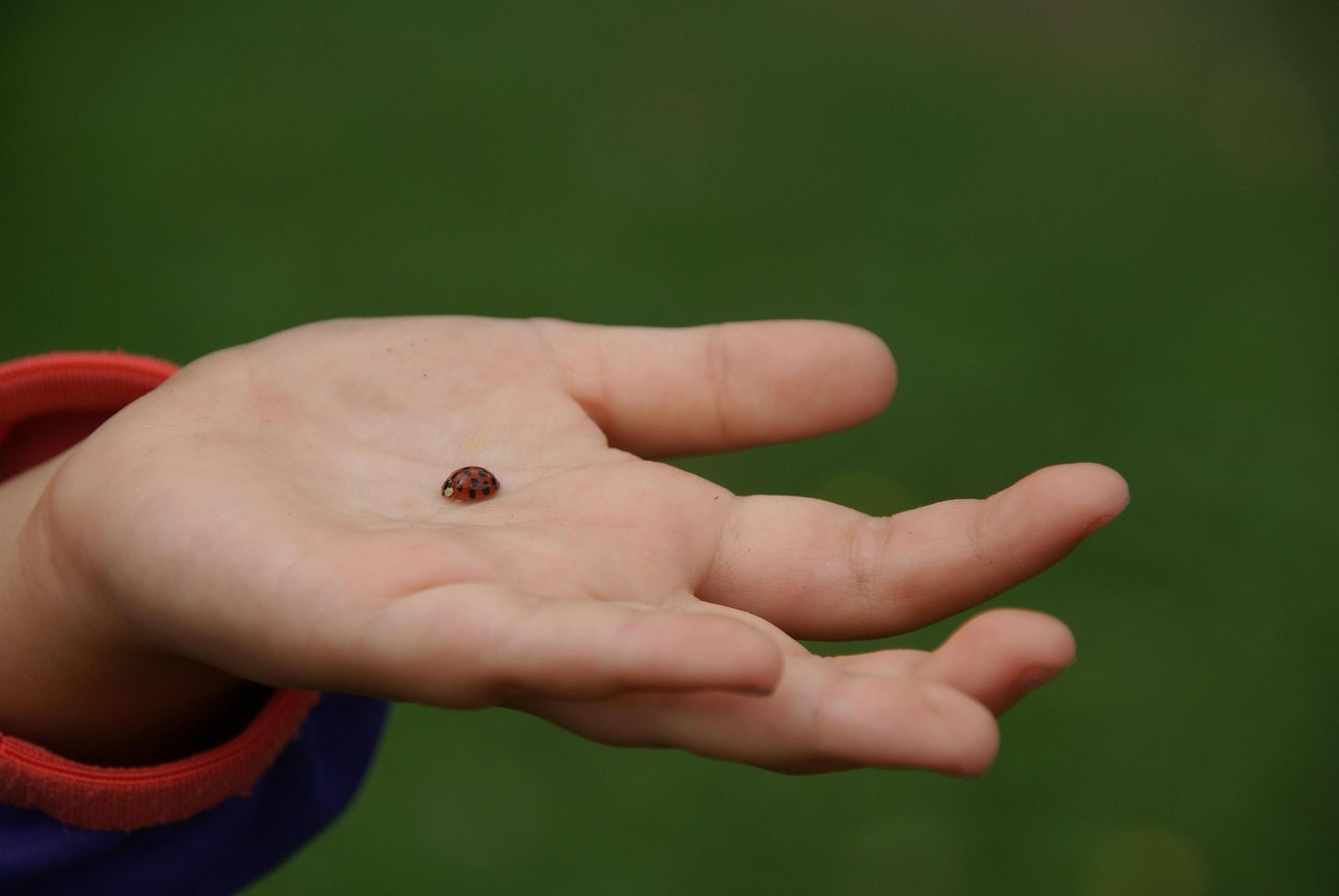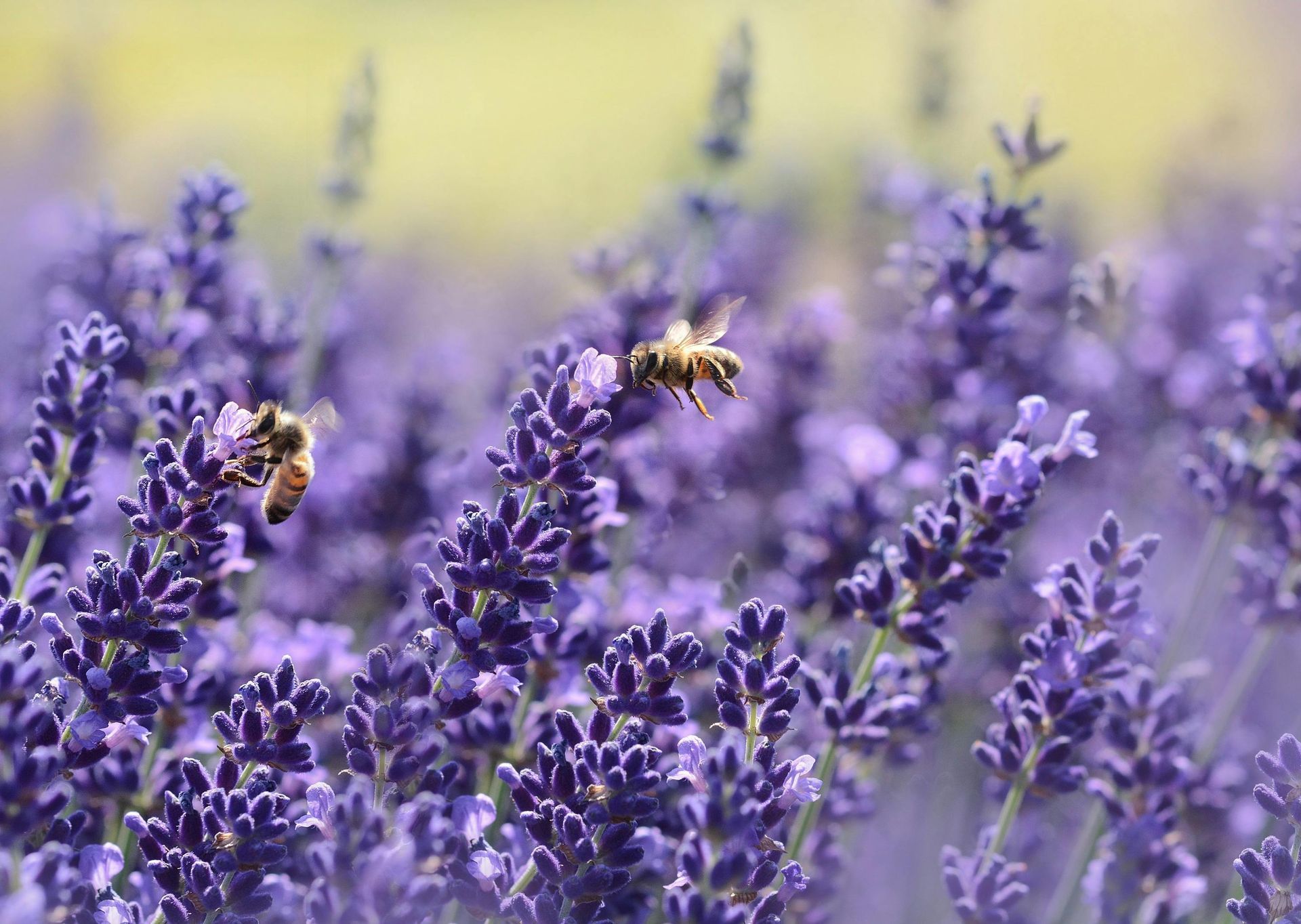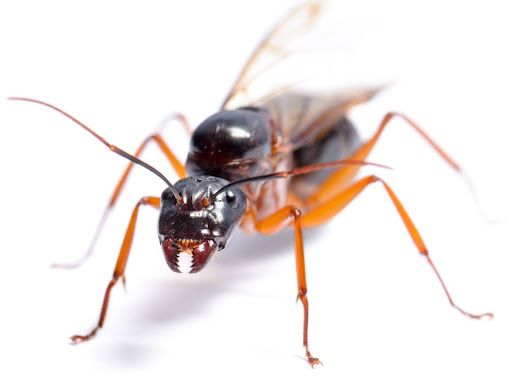The Art of Garden Pest Trapping: DIY Solutions for Catching Invasive Insects
Garden pests can wreak havoc on your plants, causing damage and stunting their growth. While there are various methods for controlling pests, one effective approach is trapping them. By creating your own DIY pest traps, you can catch invasive insects without resorting to harmful chemicals. We will explore the art of garden pest trapping, highlighting various DIY solutions for catching common garden pests.
Beer Trap for Slugs and Snails
Slugs and snails are notorious for munching on garden plants. A simple and effective DIY trap for these slimy pests involves using beer as bait. To create this trap, follow these steps:
Bury a shallow container, such as a yogurt cup or small plastic container, in the soil near affected plants. Ensure the container's rim is level with the ground.- Fill the container with beer, leaving about an inch of space below the rim.
- Slugs and snails will be attracted to the beer's scent and fall into the container, where they'll drown.
- Empty and refill the trap as needed.
Yellow Sticky Traps for Aphids, Whiteflies, and Other Flying Insects
Many flying insects, such as aphids and whiteflies, are drawn to the color yellow. Capitalize on this attraction by creating your own yellow sticky traps. Here's how:
Cut pieces of yellow cardstock or plastic into rectangles or other shapes.- Apply a thin layer of petroleum jelly or Tanglefoot (a commercial sticky substance) on both sides of the yellow pieces.
- Attach the sticky traps to stakes or hang them near affected plants.
- Regularly check the traps, and clean or replace them when they become covered with insects.
Bottle Trap for Fruit Flies and Wasps
Fruit flies and wasps can be problematic in gardens with fruiting plants. A simple DIY trap using a plastic bottle can help catch these pests:
Cut the top third of a plastic bottle and invert it, placing it inside the bottom portion of the bottle to create a funnel.- Fill the bottom part of the bottle with an attractant such as fruit juice, vinegar, or sugar water.
- Hang or place the bottle trap near affected plants.
- The pests will enter the trap through the funnel but will have difficulty escaping, eventually drowning in the liquid.
Pan Trap for Flea Beetles and Other Small Insects
Flea beetles and other small insects can be lured into a pan trap using water and dish soap:
Fill a shallow pan or container with water and a few drops of dish soap, which helps break the water's surface tension and trap insects.- Place the pan near affected plants, preferably at ground level or slightly elevated.
- The insects will be attracted to the water and drown upon contact.
- Check the trap regularly and refresh the water and dish soap as needed.
DIY garden pest traps can be a simple and effective way to control invasive insects without resorting to harmful chemicals. By employing beer traps for slugs and snails, yellow sticky traps for flying insects, bottle traps for fruit flies and wasps, and pan traps for flea beetles and small insects, you can protect your plants and maintain a healthy garden. Always remember to regularly check and clean your traps to ensure their effectiveness.
At Natura Pest Control, we know how important it is to take preventive steps to keep dangerous pests away. This is why our
home pest control plans are reliable and focus on deterring pests first and foremost.




